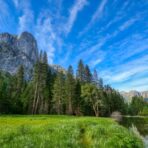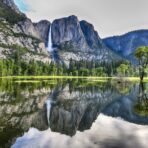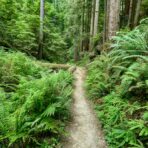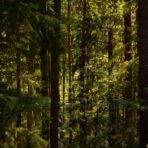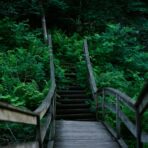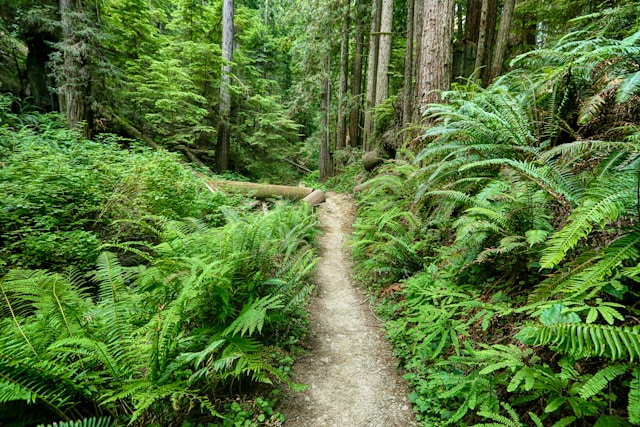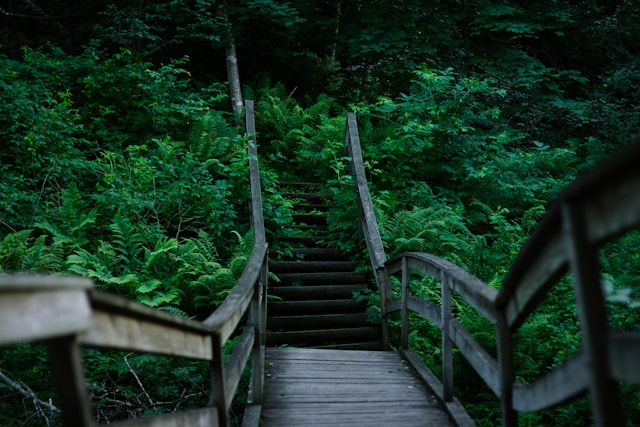Nestled in the serene Marlborough Sounds of New Zealand, Kaipupu Point Sanctuary is more than just a haven for native wildlife; it’s a place where visitors become stewards of the environment. Many who come to Kaipupu Point as tourists leave as passionate advocates and volunteers, committed to the sanctuary’s mission of conservation and ecological restoration. This article delves into the transformative journey from visitor to volunteer, highlighting the personal experiences, conservation activities, and the profound impact of community involvement at Kaipupu Point.
The Allure of Kaipupu Point
For many, the journey begins with a simple visit. Drawn by the natural beauty and the promise of encountering unique wildlife, visitors to Kaipupu Point are immediately captivated by the sanctuary’s tranquil landscapes and the diversity of species that inhabit it. Guided tours offer an immersive experience, where knowledgeable guides share insights about the local flora and fauna, the sanctuary’s history, and the ongoing conservation efforts. This initial encounter often sparks a deeper interest and a desire to contribute to the sanctuary’s mission.
The Volunteer Experience
Volunteering at Kaipupu Point Sanctuary offers a hands-on opportunity to make a tangible difference. Volunteers engage in a variety of conservation activities, including habitat restoration, wildlife monitoring, and educational outreach. Each task, whether it’s planting native trees or tracking penguin populations, is crucial to the health and sustainability of the sanctuary’s ecosystem.
- Habitat Restoration: One of the primary activities for volunteers is habitat restoration. This involves removing invasive plant species, which threaten the native flora, and planting indigenous trees and shrubs. These efforts help restore the natural habitat, providing food and shelter for native wildlife. Volunteers often participate in organized planting days, working together to reforest areas that have been degraded by human activity or invasive species;
- Wildlife Monitoring: Monitoring the sanctuary’s wildlife is another critical task. Volunteers assist in tracking populations of various species, such as the Little Blue Penguin, Weka, and native birds. This data is vital for understanding the health of the ecosystem and making informed conservation decisions. Training is provided to ensure that volunteers can accurately record observations and handle wildlife with care;
- Educational Outreach: Volunteers also play a key role in educational outreach. By leading tours, hosting workshops, and engaging with school groups, they help raise awareness about the importance of conservation. These interactions not only educate the public but also inspire new generations of environmental stewards.
Personal Journeys and Transformations
Many volunteers describe their time at Kaipupu Point as transformative. The opportunity to work closely with nature and contribute to meaningful conservation efforts often leads to a deeper connection with the environment and a greater sense of purpose.
- Sarah’s Story: Sarah first visited Kaipupu Point during a family vacation. Enchanted by the sanctuary’s beauty and the dedication of the staff, she decided to return as a volunteer. Over the years, Sarah has participated in numerous planting days and monitoring projects. She says, “Volunteering at Kaipupu Point has given me a profound appreciation for our native ecosystems. It’s incredibly rewarding to see the direct impact of our efforts on the sanctuary’s health.”;
- Tom’s Experience: For Tom, a retiree looking for a way to give back to the community, volunteering at Kaipupu Point provided the perfect outlet. He initially joined to help with trail maintenance but quickly became involved in wildlife monitoring. “The sanctuary has become a second home to me,” Tom shares. “I’ve met wonderful people, learned so much about conservation, and found a renewed sense of purpose.”
The Impact of Community Involvement
The collective efforts of volunteers have a significant impact on the success of Kaipupu Point Sanctuary. Their contributions help to accelerate restoration projects, enhance the sanctuary’s biodiversity, and support ongoing research. The sense of community that develops among volunteers also fosters a supportive network, encouraging continued involvement and advocacy for environmental conservation.
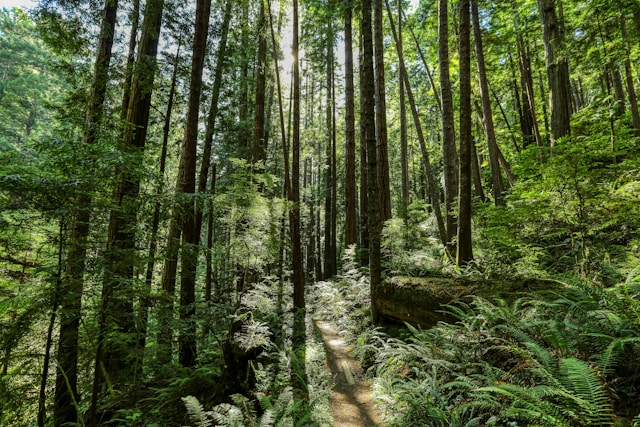
How to Get Involved
Becoming a volunteer at Kaipupu Point Sanctuary is a straightforward process. Interested individuals can start by visiting the sanctuary’s website to learn more about current volunteer opportunities and upcoming events. There are roles to suit a variety of interests and skill levels, from hands-on fieldwork to educational outreach.
- Orientation and Training: New volunteers are provided with an orientation session to familiarize them with the sanctuary’s mission, policies, and the specific tasks they will be undertaking. Training is also offered to ensure that volunteers feel confident and equipped to contribute effectively.
- Flexible Commitment: Kaipupu Point offers flexible volunteering options, allowing individuals to commit as much or as little time as they can. Whether it’s a few hours a month or several days a week, every contribution is valued and makes a difference.
Looking Ahead
The journey from visitor to volunteer at Kaipupu Point Sanctuary is a testament to the power of community-driven conservation. Each volunteer’s efforts, no matter how small, contribute to the larger goal of preserving New Zealand’s natural heritage. As the sanctuary continues to grow and evolve, so too will the opportunities for individuals to get involved and make a positive impact.
By fostering a culture of conservation and encouraging active participation, Kaipupu Point Sanctuary not only protects its unique wildlife and habitats but also inspires a broader commitment to environmental stewardship. For those who start their journey as visitors, the experience often becomes a lifelong passion, driven by the shared goal of restoring and preserving the natural world for future generations.


